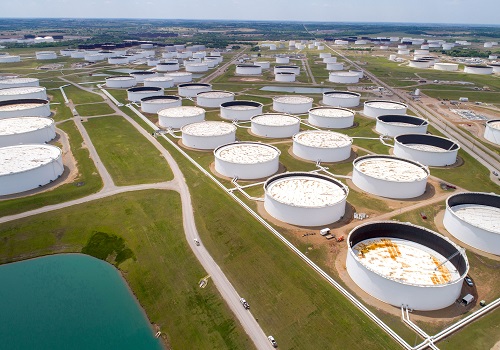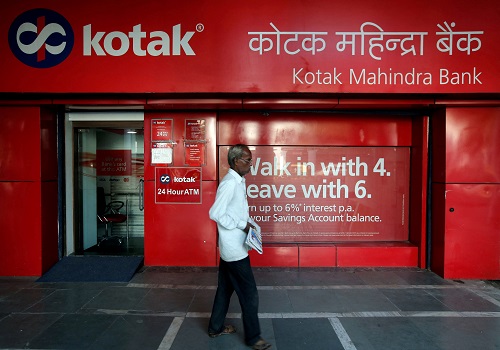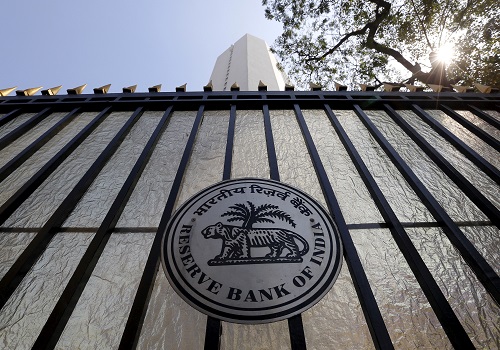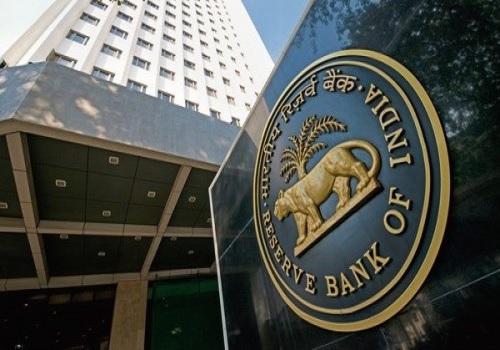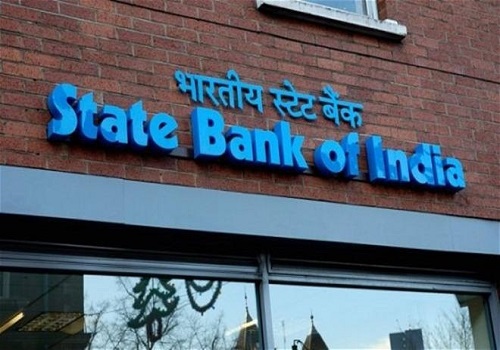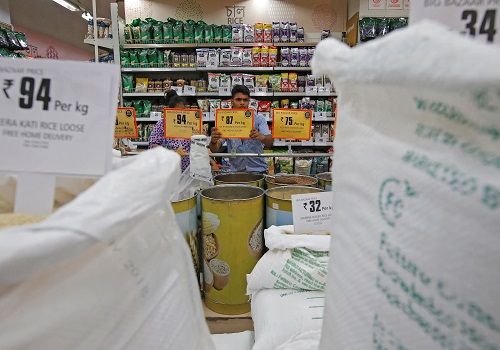Impact & duration of Covid2.0 biggest risks to growth estimates: RBI
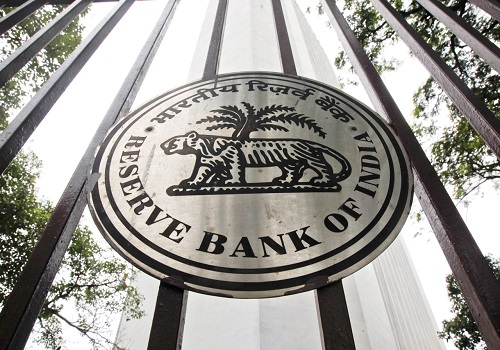
Follow us Now on Telegram ! Get daily 10 - 12 important updates on Business, Finance and Investment. Join our Telegram Channel
As India battles the pandemic and states undergo lockdowns, the Reserve Bank of India (RBI) has said that the impact and the duration of the second wave of Covid-19 are the biggest threats to its growth estimates for the country for the ongoing financial year.
In its annual report for FY21, the central bank has said that the onset of the second wave has triggered a raft of revisions to growth projections, with the consensus gravitating towards RBI's projection of 10.5 per cent for the year 2021-22.
It had last projected a 26.2 per cent growth in Q1, 8.3 per cent in Q2, 5.4 percent in Q3 and 6.2 per cent in Q4.
The report said: "The pandemic itself, especially the impact and duration of the second wave, is the biggest risk to this outlook."
It, however, added that upsides also stem from the capex push by the government, rising capacity utilisation and the turnaround in capital goods imports.
The apex bank observed that for April and early May 2021, available high frequency indicators present a mixed picture.
While mobility and sentiment indicators have moderated, several activity indicators have held their own and shown resilience in the face of the second wave. GST collections crossed the Rs 1 lakh crore mark for the seventh consecutive month in April and notched up the highest level on record, suggesting that manufacturing and services production has been maintained.
On the other hand, e-way bills moderated, pointing to mobility restrictions and possible slackening of GST collections in ensuing months. Slowing down of mobility is also reflected in toll collection volumes during April. In the agricultural sector, work demanded under the MGNREGA has tapered during the month, indicative of increased demand for farm labour.
As regards industrial activity, electricity demand is stable. Transportation remains resilient as reflected in rising freight traffic supported by the pandemic-related surge in demand for essential medical supplies. On the external front, merchandise exports and imports have recorded growth rates of 195.7 per cent and 167.1 per cent in April, partly reflecting low base effect but also pointing to the revival of both external and domestic demand.
The value of total digital transactions has been maintained in April.
Financial conditions have generally remained congenial and supportive of the recovery, it said.
















